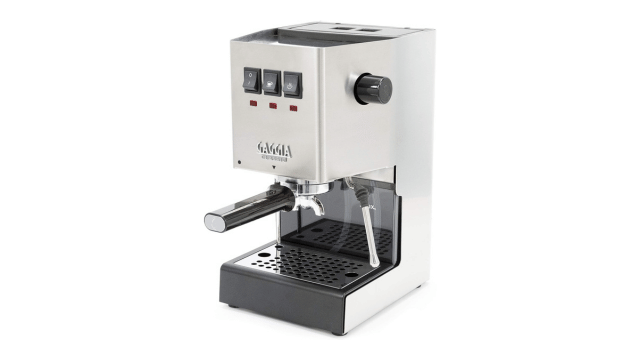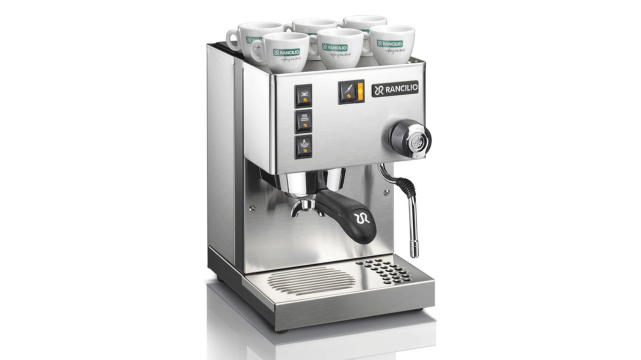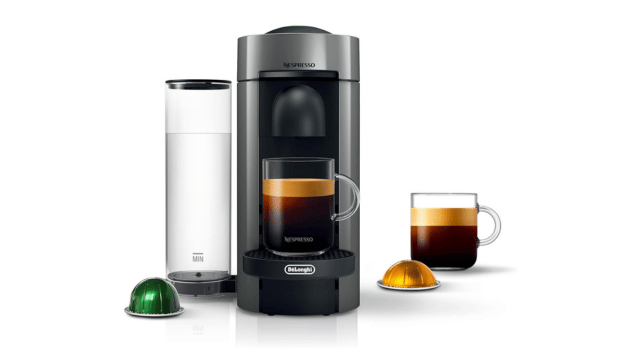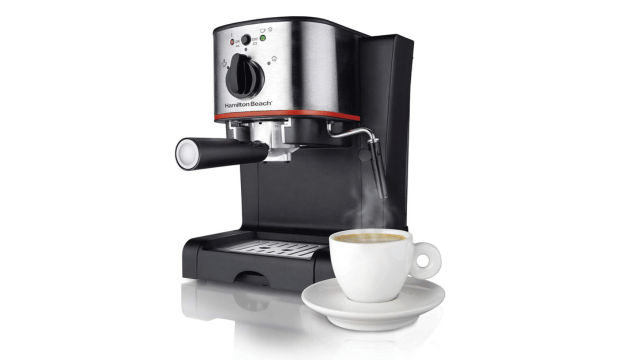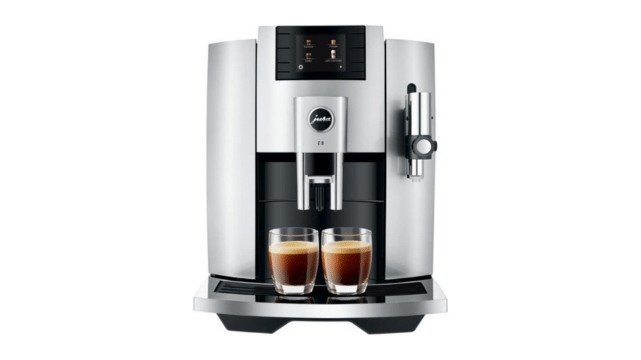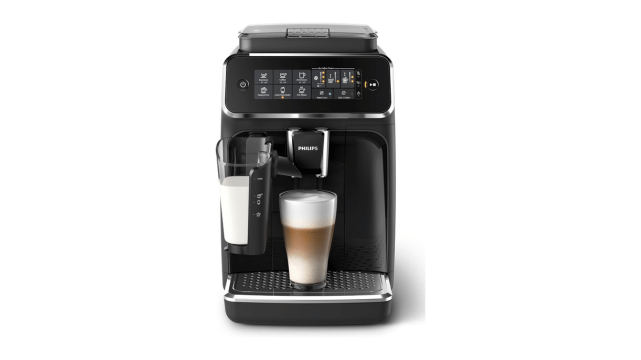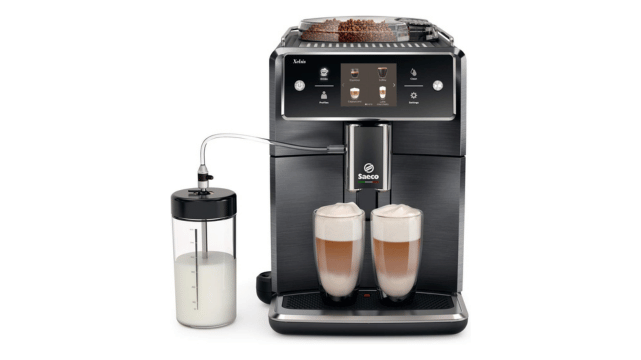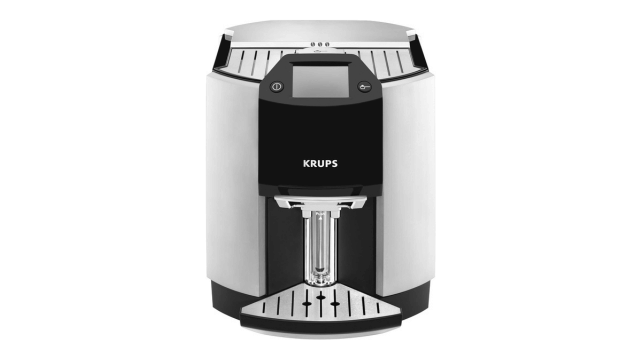Transform your coffee routine with the finest espresso machines designed to deliver exceptional brews with ease. From sleek, high-tech models that boast advanced features to compact machines perfect for smaller spaces, the right espresso machine can elevate your morning ritual. Explore a selection of top-rated espresso machines, each offering precise control over temperature, pressure, and grind to craft rich, aromatic espresso shots. Whether you’re a seasoned barista or a coffee enthusiast, these machines provide the tools to create café-quality beverages right at home.
Best Espresso Machines Buying Guide
An espresso machine is more than just a kitchen appliance; it’s a gateway to rich, flavorful coffee experiences. For coffee enthusiasts and casual drinkers alike, having a quality espresso machine at home can transform your daily coffee ritual into something truly special. These machines are designed to extract the full flavor profile of coffee beans by forcing hot water through finely-ground coffee under high pressure. The result is a concentrated shot of coffee with a layer of crema on top, which forms the base for various espresso-based drinks like cappuccinos, lattes, and Americanos. Investing in a good espresso machine allows you to recreate café-quality drinks in the comfort of your own home, potentially saving money in the long run while giving you full control over the quality and customization of your coffee.
Key Factors to Consider When Purchasing an Espresso Machine
Type of Espresso Machine
Espresso machines come in several types, each catering to different needs and skill levels. Manual machines offer the most control over the brewing process but require significant skill and practice. Semi-automatic machines automate the water flow but still require manual grinding, tamping, and timing, striking a balance between control and convenience. Automatic machines handle most of the process with the push of a button, ideal for those who want consistency with minimal effort. Super-automatic machines go a step further, grinding beans, tamping, brewing, and even frothing milk automatically. Lastly, pod or capsule machines use pre-packaged coffee pods for the ultimate in convenience, though they offer less control over the final product. Consider your coffee-making skills, the time you’re willing to invest in each cup, and your desire for customization when choosing the type of machine that’s right for you.
Pressure and Pump System
The pressure generated by an espresso machine is crucial for proper extraction. The industry standard is 9 bars of pressure, though some machines offer up to 15 bars. More pressure doesn’t necessarily mean better espresso; consistency is key. Look for machines with reliable pump systems that can maintain steady pressure throughout the extraction process. Rotary pumps are known for their consistency and quiet operation, making them ideal for high-end home or commercial use. Vibratory pumps are more common in home machines and can produce excellent results at a lower cost. Some manual machines use lever systems, which require physical effort but offer a unique, hands-on experience and can produce exceptional espresso in skilled hands.
Boiler System and Temperature Stability
The boiler system is responsible for heating water to the ideal temperature for espresso extraction and steam production. Single boiler systems are common in entry-level machines and require time to switch between brewing and steaming temperatures. Dual boiler systems have separate boilers for brewing and steaming, allowing for simultaneous operation and better temperature stability. Heat exchanger systems offer a middle ground, using a single boiler but allowing for brewing and steaming without long waits. Temperature stability is crucial for consistent extraction, so look for machines with PID (Proportional-Integral-Derivative) controllers, which maintain precise temperature control. Some high-end machines even offer programmable pre-infusion, which can enhance flavor extraction by gently wetting the coffee grounds before full pressure is applied.
Grinder Compatibility and Quality
While not all espresso machines come with built-in grinders, the quality of the grind is essential for good espresso. If you opt for a machine without a grinder, be prepared to invest in a separate, high-quality burr grinder. For machines with integrated grinders, consider the type of burrs (flat or conical), the number of grind settings, and the ease of adjusting the grind size. Stepless grinders offer infinite adjustment possibilities, allowing you to dial in the perfect grind for your beans. Some machines use pressurized portafilters, which are more forgiving of grind size and quality, making them suitable for beginners or those who prefer pre-ground coffee. However, non-pressurized portafilters offer more control and potentially better results when paired with a good grinder and properly ground coffee.
Steam Wand and Milk Frothing Capabilities
If you enjoy milk-based espresso drinks, pay close attention to the steam wand and milk frothing capabilities of the machine. Look for a steam wand that offers fine control over the steam output and can pivot in multiple directions for easy maneuvering. Some machines feature auto-frothing systems that simplify the process but may not offer the same level of control as manual wands. Higher-end machines often have more powerful steam systems, allowing for quicker heating and frothing of milk. Consider whether you prefer microfoam for latte art or a more general froth for cappuccinos, as different wands may excel at different textures. Some machines also offer programmable milk temperature and texture settings, which can be convenient for achieving consistent results.
Build Quality and Durability
An espresso machine is a significant investment, so build quality and durability are important factors to consider. Look for machines constructed with high-quality materials like stainless steel, which not only look sleek but also offer durability and heat retention. The internal components should be equally robust, with brass boilers and thermoblocks often indicating higher quality and better temperature stability. Consider the reputation of the manufacturer for reliability and the availability of replacement parts and servicing. Some machines are designed for easy user maintenance, with accessible components and clear instructions for cleaning and descaling. A well-built machine should last for many years with proper care, so it’s often worth investing in a higher-quality model upfront.
Size and Countertop Footprint
Before falling in love with a particular espresso machine, consider where it will live in your kitchen. Espresso machines can vary significantly in size, from compact pod machines to large, commercial-grade behemoths. Measure your available counter space and consider factors like height (will it fit under your cabinets?) and depth (can you easily access water reservoirs or bean hoppers?). Also, think about proximity to water sources if you’re considering a plumbed-in machine. Some machines have a larger footprint but offer more features or larger capacities, which might be worth the extra space if you frequently entertain or make multiple drinks in succession. Don’t forget to account for additional space needed for accessories like tampers, knock boxes, and cups.
User Interface and Programmability
The user interface of an espresso machine can greatly affect your daily experience with it. Some users prefer the simplicity of analog controls, while others appreciate digital displays and programmable settings. Consider how much control you want over various parameters like water temperature, pre-infusion time, and shot volume. Many modern machines offer programmable profiles that allow you to save settings for different coffee beans or drink preferences. Look for intuitive interfaces that make it easy to adjust settings and monitor the brewing process. Some high-end machines even offer connectivity features, allowing you to control the machine via smartphone apps or integrate with smart home systems. However, be mindful that more advanced interfaces may come with a steeper learning curve and potentially more points of failure.
Conclusion: Brewing the Perfect Decision
Choosing the right espresso machine is a personal journey that depends on your coffee preferences, skill level, and lifestyle. By carefully considering factors such as the type of machine, pressure system, boiler design, grinder quality, milk frothing capabilities, build quality, size, and user interface, you can find a machine that will bring café-quality espresso into your home for years to come. Remember that the best espresso machine for you is one that fits your specific needs and budget while encouraging you to explore and enjoy the rich world of espresso. Whether you’re a beginner looking for an entry-level machine to start your espresso journey or an experienced home barista seeking to upgrade to a professional-grade setup, there’s an espresso machine out there that’s perfect for you. Take your time to research, read reviews, and if possible, try out different machines before making your decision. With the right espresso machine, you’ll be well on your way to creating delicious, personalized coffee drinks that rival those of your favorite café, all from the comfort of your own kitchen.



